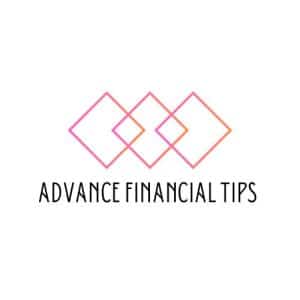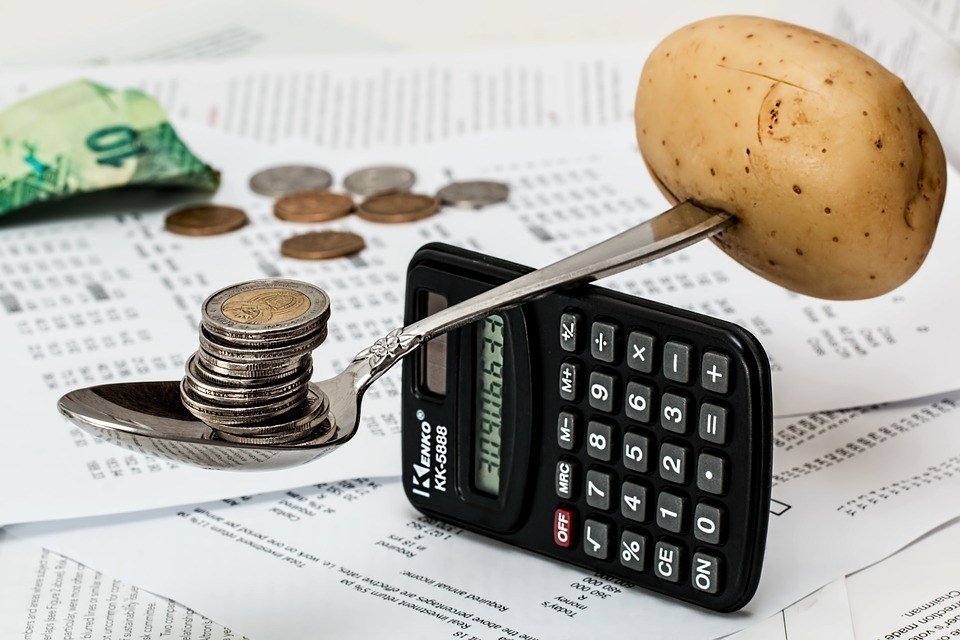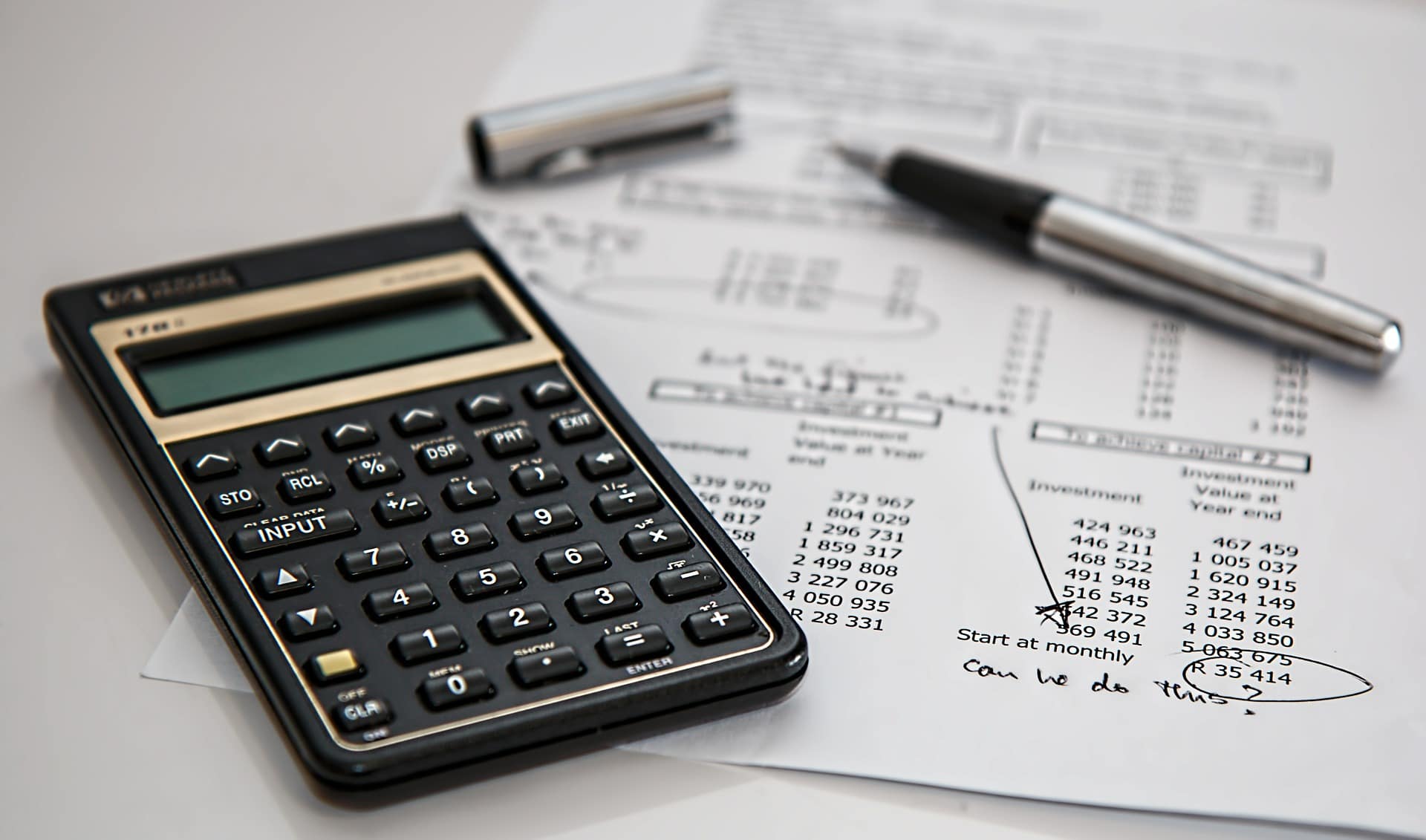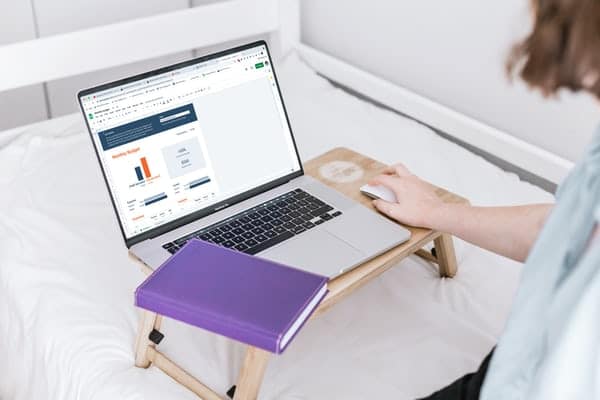Budgeting Form: Creating a budget can be difficult, but it is the number-one thing that will help you get back on track with your finances. A budget will show you where your money is going and how much you have to spend every month. Constantly overspending or not having enough money at the end of the month can feel like a never-ending cycle. Creating a budget can help break this cycle so you won’t find yourself in these same situations again. Read on for some advice on how to create a budget form that matches your lifestyle.
What is a Budgeting Form?
A budgeting form is a tool that can help track your spending and income. It’s typically a spreadsheet or type of chart that details different categories for expenses and income, such as ‘Car Insurance’, ‘Vacation’, and ‘Haircuts’.
When it comes to creating a budget form, there are some factors to consider. First, you’ll need to outline the categories that you want on your form. What types of expenses do you typically incur throughout the month? You’ll also need to measure these expenses in terms of either dollars or percentages of your total income. Once you’ve got all these details sorted out, create an initial budget by adding up all the numbers in each category.
At this point, you can add any additional expenses or money coming in (like bonuses) to see what your new monthly budget will be like. Your new monthly budget should reflect your current lifestyle, while also taking into account any changes that might occur in the future (such as moving out of an apartment and into a house).
Why Create A Budgeting Form?
A budget is a pie chart of your monthly financial standing, and it will help you understand where your money is going. You’ll be able to see what you spend your money on and how much you have left at the end of the month.
The best part about creating a budget is that it’s a proactive move for your finances. It can prevent you from overspending at the end of the month or from constantly not having enough money to spend on things.
Creating a budget takes time, but it’s worth it in the long run as it can help keep your finances in order. When you know exactly how much money you have coming in and how much money you need to spend on certain things, then you’ll have an easier time controlling your spending habits.
The key to making a budget work is being honest with yourself about what you’re spending money on each month. So before we get into templates, let’s go through some of the most common expenses people have so that we all know what to include in our budgets.
How to Create A Budgeting Form That Works for You
A lot of people avoid creating a budget because they think it will be too hard to follow. But don’t worry! Creating a budget doesn’t have to be difficult at all.
The best way to start is by looking over your last few paychecks. Take note of how much you’re spending each month on necessities, like rent or mortgage, utilities, groceries, etc. Then add up these numbers and divide them by the number of months in that period. The total should represent the average cost per month for living expenses. This will give you the baseline for your monthly budget.
Next, create a list of fixed expenses—things that are not likely to change from month-to-month. Things like credit card or loan payments, insurance premiums, or tuition are fixed expenses that should go into this category. Once you have listed out your fixed expenses, multiply this number by 12 to calculate the yearly expense total. Subtract this total from your monthly living expenses figure to find out how much you have left per month for other things in life that are not necessities.
Now it’s time to decide what you want to do with this leftover money each month—you can either use it as savings or spend it.
6 Steps To Creating The Perfect Budgeting Form
Creating a budget can feel like an impossible task. It’s hard to know where to start, what to include, and how much you should be saving. Don’t worry though! This easy-to-follow 7-step guide will teach you everything you need to know about creating the perfect budget. From determining your income and expenses to setting up automatic deposits and generating reports, read on for help with organizing your finances today.
Determine your income and expenses
In this post, we’ll cover three ways you can determine your income and expenses for a given month—the best way to do it, what happens if you don’t make enough every month, and how to use tax software to calculate your income.
Determine your expenses and income
One of the most important aspects of creating a budget is determining your expenses and income for the month.
You need to know what your expenses are and how much you can afford to spend on them. If you don’t, it’s easy to become overwhelmed when trying to make a budget work for you. You’ll have a hard time tracking all the things that add up in your accounting system — such as your credit card transactions, utility payments, and other recurring bills.
By tracking exactly where your money goes each month, you’ll be able to pay off debt faster and avoid debt traps like late fees or interest charges. By learning more about how your finances work, you’re also making sure that you’re using every resource available to help get you out of financial trouble.
Create a budget
You don’t have to do everything yourself when it comes to creating a budget. But it’s always better to have someone else take care of the actual details. In this step-by-step guide, we’ll teach you how to create a budget that makes sense for your business and is easy to follow.
Automate your savings
Getting organized is one of the best ways to save money.
Automating your savings can be a critical part of this goal. Your savings can act as automatic deposits, generating reports that are sent directly to your bank account so you know exactly where your money is going.
When you automate your savings, you’ll know exactly how much money is coming in and out of your accounts every month. To make sure that you’re getting the most out of your automated savings, it’s important to have an accurate view of how much money is coming in and going out.
For example, if you set up automatic deposits into an account, it will send the same amount each month regardless of when those deposits occur. This means that once a month all your automated deposits will get credited with the same amount, regardless of when they happen or whether they occur at all during the month.
Get organized with reports
Keeping track of your finances can be difficult. It’s easy to forget to pay for something or input the wrong information. The good news is that it’s not just about money—it can affect how your business operates as well.
Your financial statements are one of the primary ways you will be able to recognize what is going on in your business and how much you are making, spending, or earning through your online marketing efforts.
Here are some examples of what reports may look like:
- Profit & Loss Statements: This report shows how much your business has earned, lost, and spent over a period of time. By comparing this report with historical information you can find out if you’re growing or shrinking in terms of profitability.
Track your progress via your budget
The first step in any business is to know where you stand financially. If you don’t have a system to track your income and expenses, it can be tough to keep up with where you are. A good budget should make this process quick and easy.
Having proper financial information enables you to keep track of all your finances so that you don’t miss anything important. It’s vital that you’re able to see how much money you’re spending on everything from day-to-day expenses like groceries and utilities, to monthly commitments like mortgage payments and credit card bills.
So how do you take these steps? To start tracking your finances, use an app like Mint or Quicken . These programs will help you add everything from bank statements, paychecks, and tax records into an easily accessible program so that when it comes time to make a payment, there’s no confusion as to which bill is due next.
Conclusion On Budgeting Form
Whether you are just starting out or you are an established business, a budget form can help you plan your finances and keep track of your revenue and expenses. A budget form will help you stay on track so that it’s easier for you to achieve your goals.
The key to success is knowing what to include in your budget form. It needs to be specific so that it can be easily understood. Your budget form should be tailored to the needs of your business and what is most relevant for you.













[…] Read Also: Budgeting Form: A Guide To Creating One […]
[…] Also Read: Budgeting Form: A Guide To Creating One […]
you’re really a good webmaster. The website loading speed is incredible. It seems that you are doing any unique trick. Also, The contents are masterwork. you’ve done a wonderful job on this topic!
Thank you for your kind word